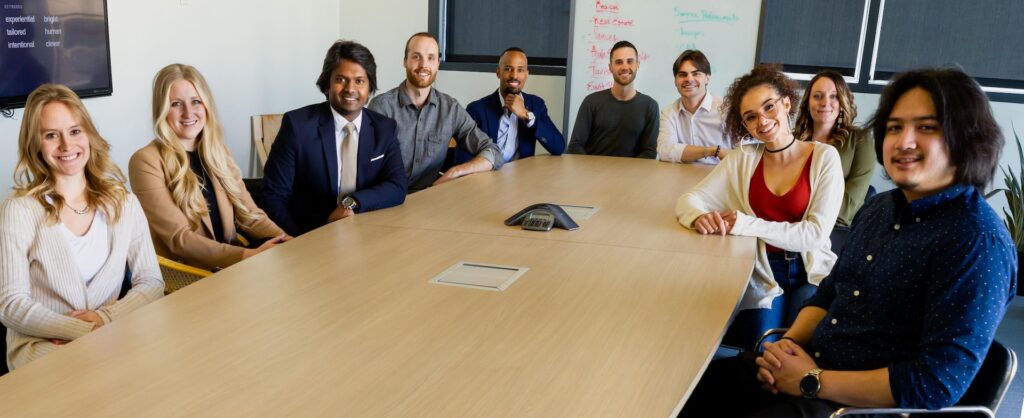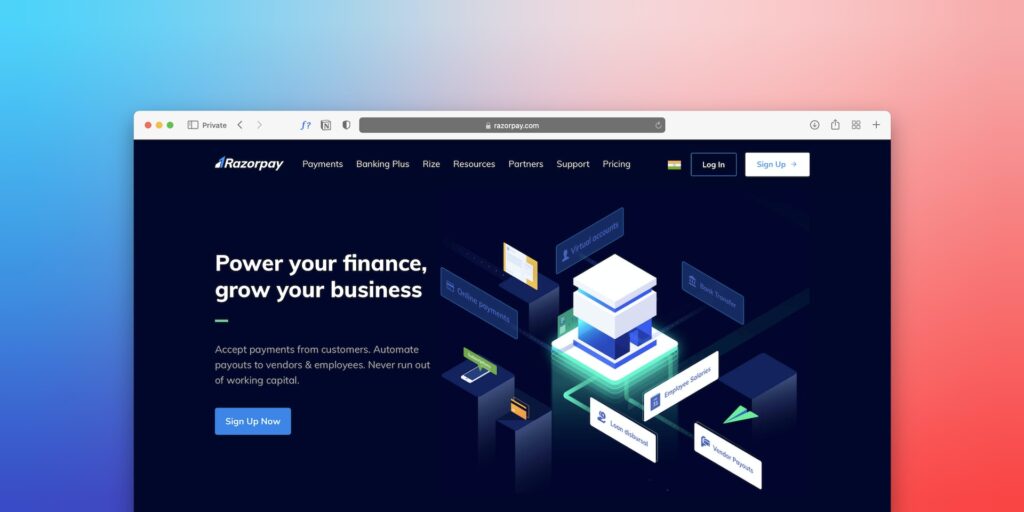No products in the cart.

Unveiling the Key to Assembling an Exemplary Team
In the realm of prospering enterprises, the pivotal factor lies in the construction of a robust and proficient team. Your workforce forms the bedrock of your organization, and the acquisition and selection of suitable individuals can be the differentiating factor.
This pragmatic guide delves into the fundamental strategies and valuable insights to aid you in attracting, evaluating, and onboarding top-tier employees who will spearhead your company’s progress.

-
Crafting an Alluring Job Listing
The initial stride in the recruitment process involves the creation of an enticing job listing that captivates the attention of qualified candidates. Commence by elucidating the job title, responsibilities, and desired qualifications with utmost clarity. Remember, lucidity is of utmost importance! Eschew the utilization of jargon or convoluted language that may perplex prospective applicants.
Next, accentuate the distinctive attributes of your organization and its culture. Convey your fervor, mission, and values to entice candidates who resonate with your vision. It is crucial to exhibit authenticity and showcase the personality of your company. Infuse a touch of your personal experiences as a business owner and articulate the reasons behind your passion.
-
Effective Candidate Screening
Upon receiving a pool of applications, it is imperative to screen candidates effectively. Look beyond the surface-level particulars and focus on their skills, experience, and cultural compatibility. Embark upon the process by scrutinizing their resumes and cover letters, paying close attention to their previous roles and achievements.
In addition to conventional screening methods, contemplate incorporating behavioral and situational inquiries during interviews. This approach aids in assessing how candidates would navigate real-life scenarios they may encounter in the workplace. Share anecdotes from your own experiences to establish a personal connection and provide invaluable insights.

-
The Art of Conducting Interviews
Conducting interviews is an art form that demands meticulous preparation and execution. Structure your interviews to encompass a blend of technical and behavioral questions, enabling you to gain a comprehensive understanding of the candidate’s capabilities. Eschew generic inquiries and opt for tailored questions that pertain to the specific role and align with your company’s culture.
Remember, interviews should facilitate a two-way exchange. Encourage candidates to seek clarifications about the company, team dynamics, and growth prospects. This open dialogue will afford you a glimpse into their enthusiasm, inquisitiveness, and compatibility with your organization.
-
Onboarding for Optimal Success
Congratulations! You have discovered the perfect candidate. Now, it is time to set them on the path to success through a comprehensive onboarding process. Commence by extending a warm welcome and introducing them to the team. Cultivate a supportive environment where new employees feel at ease posing queries and seeking guidance.
Develop a structured onboarding plan that encompasses both general orientation and role-specific training. By providing lucid expectations and equipping them with resources, you will enable employees to swiftly acclimate to their responsibilities and comprehend how their work contributes to the overarching goals of the company.

-
Cultivating a Positive Work Culture
Cultivating a positive work culture is indispensable for employee satisfaction and retention. Foster an environment wherein individuals feel valued, respected, and supported. Encourage open communication and deliver regular feedback to facilitate the professional growth of your employees.
Invest in comprehensive employee development programs, both formal and informal, to augment their skills and knowledge. Create opportunities for advancement within the organization and acknowledge their accomplishments along the way. When employees perceive their contributions to be appreciated and their potential to be nurtured, they are more inclined to exhibit unwavering commitment and motivation.
Conclusion: Assembling an Exemplary Team
The process of recruiting and hiring exceptional employees is an ongoing endeavor that necessitates dedication and diligence. By adhering to the strategies expounded upon in this guide, you will be well-equipped to attract exceptional talent that aligns seamlessly with your company’s objectives and values.
Remember, constructing an exceptional team is not merely about procuring skilled individuals; it is about fostering a supportive culture wherein every member can thrive. Therefore, devote the time and effort required to invest in your employees, and behold the flourishing of your organization as a result.
Prepare to triumph in the realm of recruitment and propel your business to unprecedented heights!







